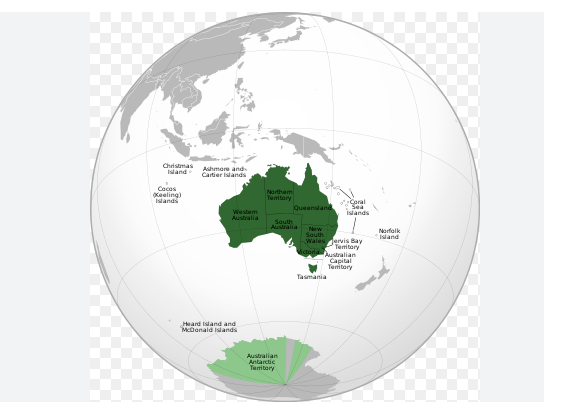Australia stands as a beacon of educational excellence, renowned for its innovative approaches, diverse offerings, and commitment to quality. From early childhood education to tertiary institutions, the country has been at the forefront of pioneering trends that shape the global landscape. In this article, we delve into the dynamic realm of education in Australia, exploring its innovations, trends, and the challenges it faces on the global stage.
Innovations Shaping Australian Education
- Personalized Learning:
Australian educators have embraced personalized learning, recognizing that every student has unique needs and abilities. Technology plays a pivotal role in tailoring education experiences, with adaptive learning platforms, virtual classrooms, and AI-driven assessments allowing for individualized learning pathways. - Digital Integration:
The integration of digital technologies has revolutionized classrooms across Australia. From interactive whiteboards to immersive virtual reality experiences, educators leverage digital tools to enhance engagement, collaboration, and critical thinking skills among students. - STEM Education:
Australia has placed a strong emphasis on Science, Technology, Engineering, and Mathematics (STEM) education to prepare students for the jobs of the future. Innovative programs, partnerships with industry, and hands-on learning experiences empower students to excel in STEM fields and drive technological advancements. - Global Perspectives:
With a multicultural society and a global outlook, Australian education encourages students to embrace diversity, multiculturalism, and global citizenship. Exchange programs, international collaborations, and cross-cultural initiatives foster empathy, tolerance, and intercultural competence among students.
Trends in Australian Education
- Flexible Learning Environments:
Flexible learning spaces are gaining traction in Australian schools and universities, accommodating diverse learning styles and preferences. Open-plan classrooms, collaborative zones, and outdoor learning spaces promote creativity, adaptability, and student-centered learning experiences. - Lifelong Learning:
In a rapidly changing world, the concept of lifelong learning has become increasingly relevant. Australian education institutions are expanding their offerings beyond traditional degrees, providing continuous learning opportunities, micro-credentials, and online courses to upskill and reskill individuals throughout their careers. - Sustainability Education:
With growing concerns about environmental sustainability, Australian schools are integrating sustainability education into their curricula. From eco-friendly campuses to environmental science programs, education in Australia empowers students to become stewards of the environment and champions of sustainability. - Inclusive Education:
Inclusivity lies at the heart of Australian education, with a focus on catering to the needs of diverse learners. Specialized support services, inclusive classrooms, and anti-bullying initiatives ensure that every student, regardless of background or ability, has access to quality education and support.
Meeting Global Challenges
- Equity and Access:
Despite significant progress, disparities in educational equity and access persist in Australia. Addressing socio-economic barriers, bridging the digital divide, and prioritizing disadvantaged communities are essential steps in ensuring that all students have equal opportunities to succeed. - Quality Assurance:
Maintaining high standards of quality in education is paramount to Australia’s global reputation. Continuous improvement, accreditation processes, and rigorous assessment frameworks uphold the integrity and excellence of Australian education institutions. - Adapting to Technological Advancements:
Technological advancements are reshaping the educational landscape, presenting both opportunities and challenges. Australian educators must stay abreast of emerging technologies, embrace innovation, and equip students with the digital skills necessary for success in the digital age. - Global Competitiveness:
As the global education landscape becomes increasingly competitive, Australia must continue to innovate and differentiate itself. Strengthening research capabilities, fostering international collaborations, and enhancing the employability of graduates are key strategies in maintaining Australia’s competitive edge.
In conclusion, education in Australia is characterized by innovation, adaptability, and a commitment to excellence. From personalized learning to global perspectives, the nation’s educational institutions are at the forefront of driving positive change and preparing students for the challenges of the future. By addressing global challenges such as equity, quality assurance, and technological advancements, Australia remains steadfast in its pursuit of providing quality education for all.






